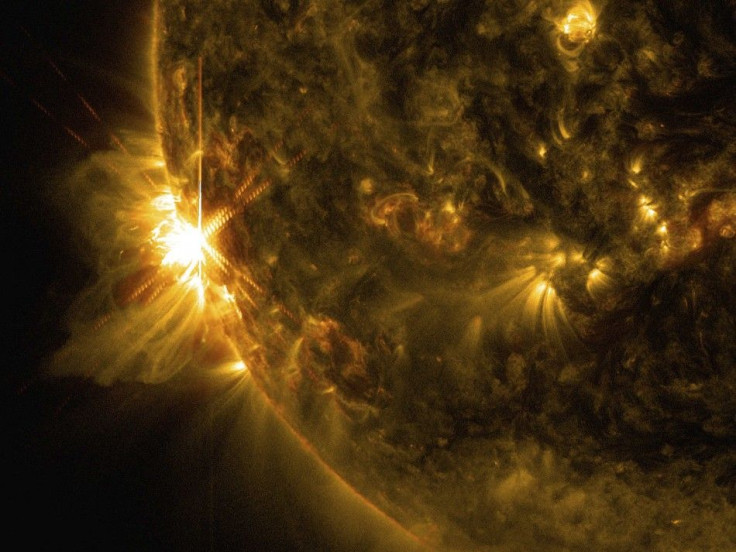Changes in Global Vegetation to Be Tracked Through Two New Instruments: NASA

The changes in global vegetation will be tracked with two new instruments, whose proposals have been selected by National Aeronautics and Space Administration. It will be done from the International Space Station.
New ways to find out how the forests and ecosystems are being affected due to change in land use and climate are being discovered through the sensors by the scientists.
The project, called the Global Ecosystem Dynamics Investigation Lidar, has the principal investigator Ralph Dubayah from the University of Maryland.
The structure of forest canopy will be observed from the University of Maryland via a laser-based system, which costs a sum of $94 million [AUD101 million] and will be completed in 2019.
The GEDI team will include partnerships with Goddard Space Flight Centre, Woods Hole Research Centre, U.S. Forest Service and Brown University in Maryland, Massachusetts, Utah and Rhode Island respectively.
The effective use of water by vegetation will be studied from the Jet Propulsion Laboratory in California through a high-resolution multiple wavelength imaging spectrometer, which will be completed in 2018, amounting to a cost of $30 million.
This project named ECOsystem Spaceborne Thermal Radiometer Experiment on Space Station has the principal investigator, Simon Hook belonging to JPL. The ECOSTRESS team will include partnerships with U.S. Department of Agriculture, Princeton University and University of Idaho.
The associate administrator of the Science Mission Directorate at NASA, John Grunsfeld, is excited that the ISS will be able to make observations to understand forests and vegetation and the impact that climate has on it. He said that the instruments will be a part of a growing suite of sensors used to observe the Earth.
Out of 20 proposals, the instruments were selected through the Earth Venture Instrument program. These programs are smaller investigations compared to other missions of NASA but it will complement the larger missions. The mission was a suggestion made by the National Research Council in the year 2007 and its selection initially was awarded in the year 2010.





















